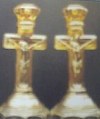Carnival Glass 101 | home Quick Reference to Carnival Glass Patterns on This Site
Fenton - Part 27
FENTON – Part 27
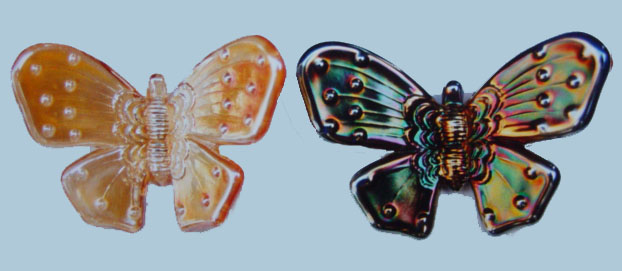
Close-up of BUTTERFLY ORNAMENT detail - Marigold & Blue.
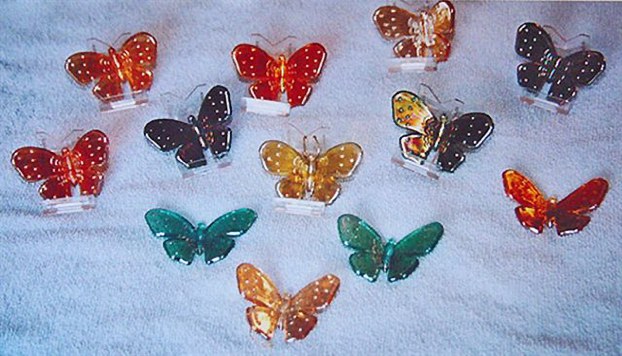
Twelve BUTTERFLIES.
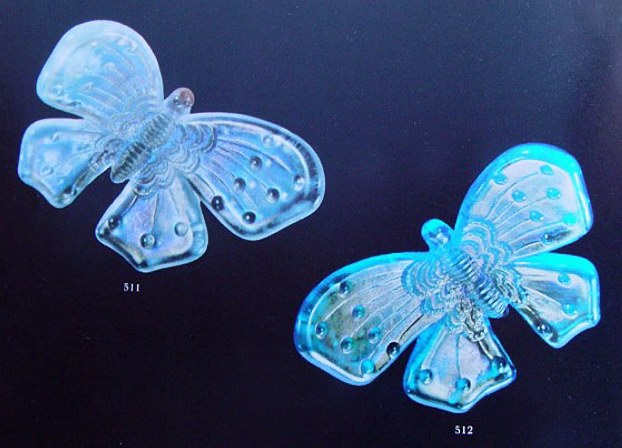
White on left, Light Blue on right. Seen in FENTON GLASS -The First Twenty-Five Years.
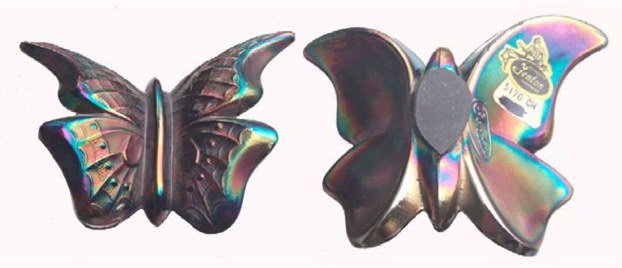
NEW Fenton BUTTERFLY-3.5 in. long x 3 in. wide.
BUTTERFLY ORNAMENTS: Ed Radcliff wrote an article for the ACGA Newsletter in Dec. 2001, regarding these delightful rarities. He states that they are favorites of his and since first seeing them in the Rinehart collection many years ago, he has managed to collect eight of them. Optimist that he is, he aspired to own one of each color.
Grace and Byron Rinehart were among the earliest collectors of carnival glass. Their huge collection was sold in Nov. 2011 by Wroda Auctions. While attending the auction, we discussed the ornaments with Eddie. He told us that Grace had allowed him the privilege of owning the ones he needed to complete his collection!
(Ed’s article continues here--) The first record of these ornaments come from inventory sheets listing seventy dozen “butterflies”. The factory inventory sheets were dated December 31, 1917. Colors are not mentioned for that date but Frank Fenton once told me that the color determines the date. An example of this would be that the pastel ones would not have been made until approximately 1927-1928 because that was when these colors were in the line.
The ornaments were made in clambroth (pastel marigold), marigold, (both satin finish and radium), blue, green, Vaseline, aqua, white, ice blue and ice green. I have also seen them in non-iridized Florentine green. Bill Edwards listed them as also being made in amethyst but no one I have ever talked to has seen one in that color. It stands to reason that it was made but has anyone seen it? If you have, please let me know.
Who knows what purpose, if any, as to why they were made? Grace Rinehart told me that a lady she bought some of theirs from used them as Christmas tree ornaments. As a matter of fact, hers had the original string still attached. I have heard rumors that they were made and attached to basket handles, were attached to the finial of the Butterfly and Berry butter dish lid and were even used by florists.
Whatever the reason, they are truly unique and rare little items. If memory serves me, someone either wrote a book or produced a movie entitled, “The Butterflies Are Free”. Let me assure you that in today’s collecting market, that is no longer the case.
NOTE: If you click here - Butterfly Ornament , you will see our blue Butterfly having a clump of glass attached to the backside, with a dent in it: indicating to us that it had been made for attaching to a basket handle or bowl edge!.... D/D Fry
Accompanying the photo showing white and light blue carnival glass on page 78, FENTON GLASS, The First Twenty-Five Years, circa 1978, is the following information: “The very rare Fenton Butterfly Ornaments were originally given away as premiums along with a larger glass purchase. We have no catalogue illustrations to verify these are Fenton (Presznick calls them “Northwood Moths”),but the few examples I know of derive directly from early Fenton workers or their families, who swear they came directly from the factory. Also, the Dec. 31, 1917 inventory of iridescent ware lists 70 dozen “butter flies”. The fact that these rarities do not show up in a catalogue leads me to believe that they were not commercially produced, and indeed were given away. Mrs. Cline tells me that the butterflies were attached to the handles of glass baskets with a dab of putty. No matter what their actual purpose was, they are extremely hard to find today.
The Butterflies shown here in white and light blue carnival glass, and date quite close to the end of this era, about 1928. They have been chosen as the official symbol of the Fenton Art Glass Collectors of America.
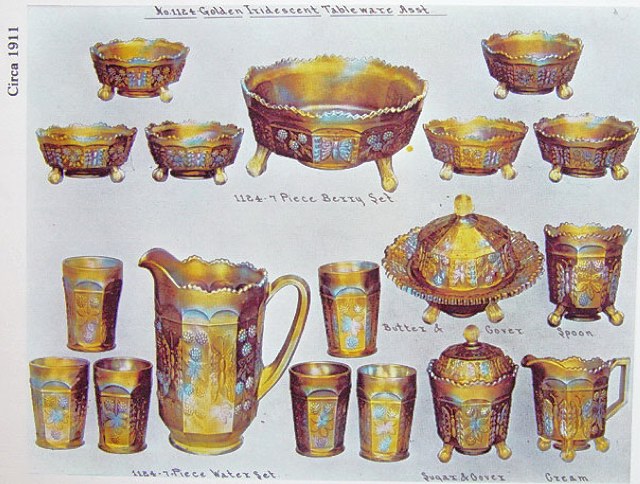
Pg. 80 - FENTON GLASS - The First Twenty-Five Years.
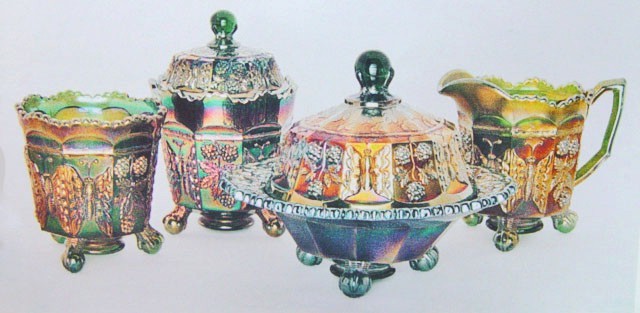
RARE Green BUTTERFLY & BERRY TAble Set.
BUTTERFLY and BERRY Table Set: These sets were produced in four colors: amethyst, blue, green and marigold. Green is considered rare and amethyst very rare! Even marigold is seldom seen in today’s world! One of the longest produced patterns, extending through most of the classic era. Frank Fenton said that the company inventory lists production extending from 1910-1929. Records show them as 1124, 1125, and 1126 patterns. This indicates differing interior designs. Fenton Glass Company records displayed Butterfly and Berry pieces in their 1913 and 1914 color catalogs. At that time they were only being made in blue and marigold. The pattern appeared in the Mid-Spring Butler Bros. Wholesale Catalog. The pattern was advertised in the March 1924 catalog, with a price increase from $.62 to $1.39 in the interim.
There is one known white Butterfly and Berry water pitcher. You may view it by clicking into: A TRIBUTE to RINEHARTs.
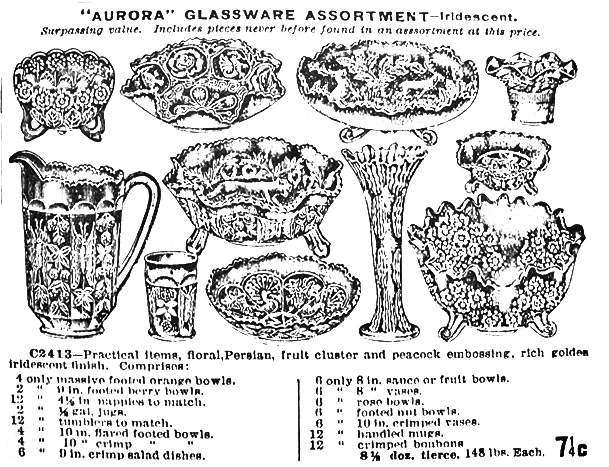
1913 and 1914 Butler Bros. Ad.
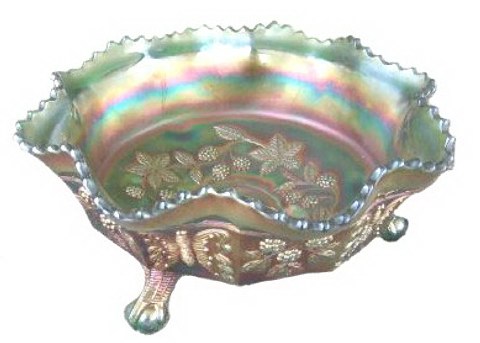
BUTTERFLY and BERRY 9.25 in. Berry Bowl in Scarce Green.
BUTTERFLY and BERRY Bowls: Were produced having the compatible interior, along with interiors of Fantail, Hearts and Trees, and Panther. The only variation in this shape, so far as color: One known green slag bowl having Panther interior pattern was undoubtedly a “sample” never included in the factory production. Ice cream shaped bowls are somewhat scarce. Most are ruffled. Considering the distinct possibility that a full turn of 400 examples were likely produced in each of the four interior patterns, the question arises as to whether or not one exterior mould could have sustained all that heating/cooling? Would a second mould have been required to accomplish the end results? Amethyst, blue, green, marigold and white are known colors in this berry set. A small size red berry bowl has sold at auction a couple of times. It was possibly a “sample”?
NOTE: Occasionally, a pale, opalescent-looking white Butterfly and Berry bowl appears for sale. These are reproductions from the Orient. They are usually in a flared shape.
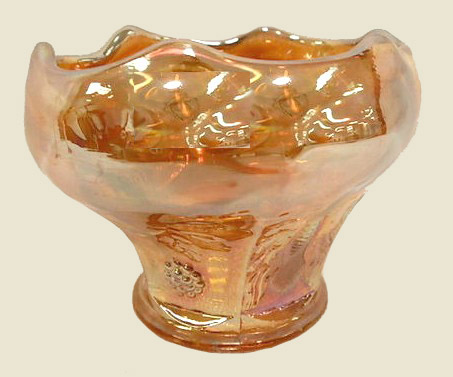
A (former) BUTTERFLY & BERRY Tumbler!!
Courtesy Wroda Auctions.
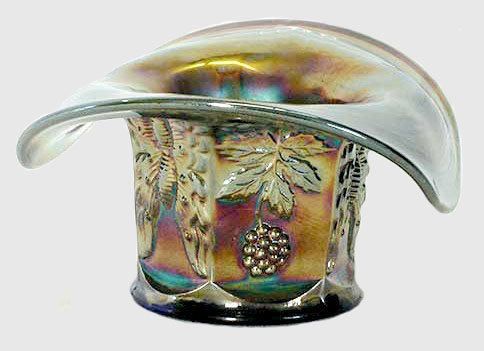
Blue BUTTERFLY & BERRY Whimsey Tumbler.
Sold for $275 - Seeck Auction.
BUTTERFLY and BERRY Tumbler whimseys (2): As for the blue “hat” shape: you can allow your imagination to run away with logic, or you can consider that a tumbler was re-heated - re-shaped in an after-market situation.
The marigold distortion has nearly obliterated the pattern! Since it is the artful craftsmanship of designs found in the vintage carnival glass which brings attention and devotion to the task of ownership, why do you suppose anyone would sacrifice that line of rationale in order to obtain such an example of “nothingness??
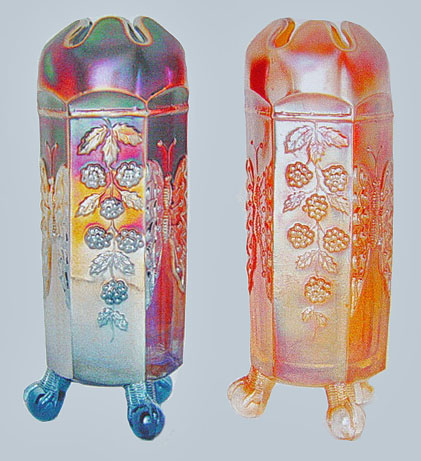
Blue & Marigold are the only known colors in HATPIN HOLDER.
BUTTERFLY and BERRY Hatpin Holder: There are a few more blue than marigold examples, but neither color is plentiful. They are among the more costly items in this shape. Displayed in a 1913 Catalog photo as #1124.
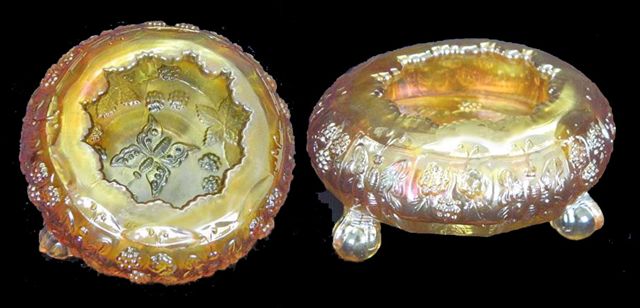
BUTTERFLY & BERRY Rosebowl - Sold for $375.
BUTTERFLY and BERRY Rosebowl? This is the only known rosebowl shape. We feel certain it would NOT have passed through the merchandise “checkers” in the shipping department at Fenton Glass. If it had, the buyer would have requested “account credit” for damaged product! Re-heating would have enabled the outer edge of a round bowl to be flattened as such.
Dean & Diane Fry, 2-13
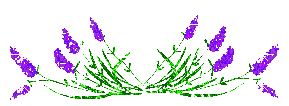
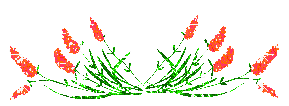

As we wrestle with the daily burdens of life, how do we not worry about our tomorrows?
The apostle Peter explains the simple but profound solution to worry:
“Humble yourselves….casting all your care upon Him”…..(1 Peter 5:6-7)
Entrusting ourselves and our troubles to God is our singular defense against worry.
Worry is an old man with bended head, carrying a load of feathers which he thinks are lead.
(Corrie Ten Boom)
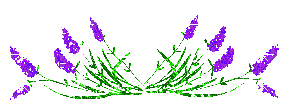
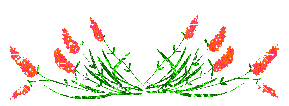

Should you care to contact the Frys, their email address is:
Search Carnival Glass 101
back to Carnival Glass 101
Our other sites you may enjoy:
Everything you EVER wanted to know about Indiana Glass
Great Reference for Newer Carnival Glass.
Complete Glassware Catalogs Available to Download
Questions? Comments? Suggestions? Broken Links? Corrections?
Your Friendly Webmaster is here to help!
